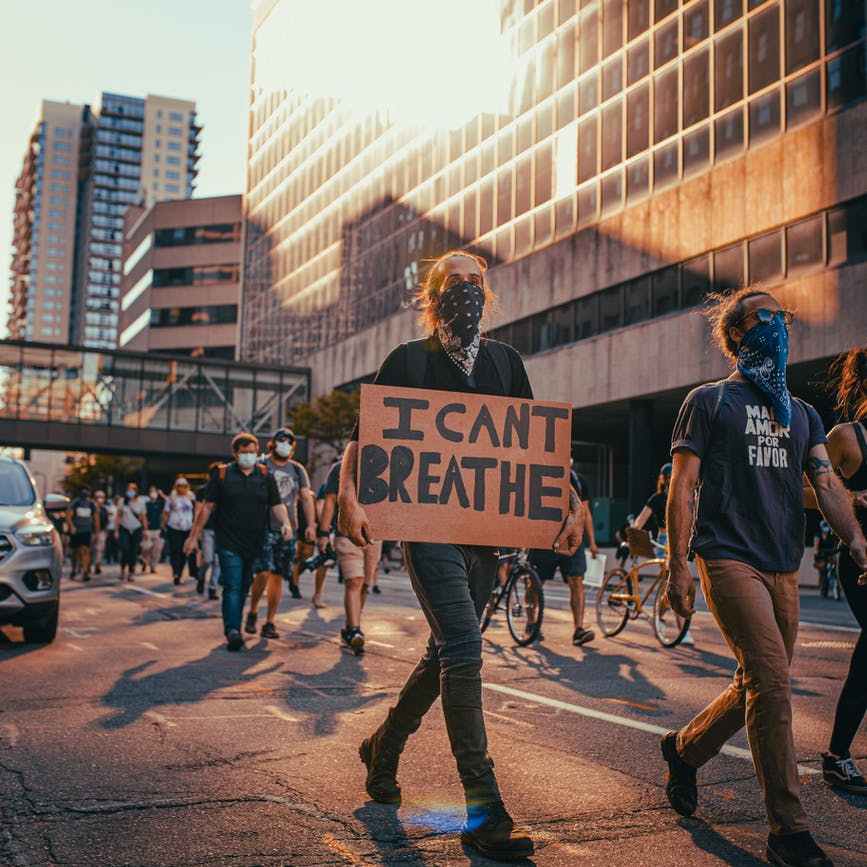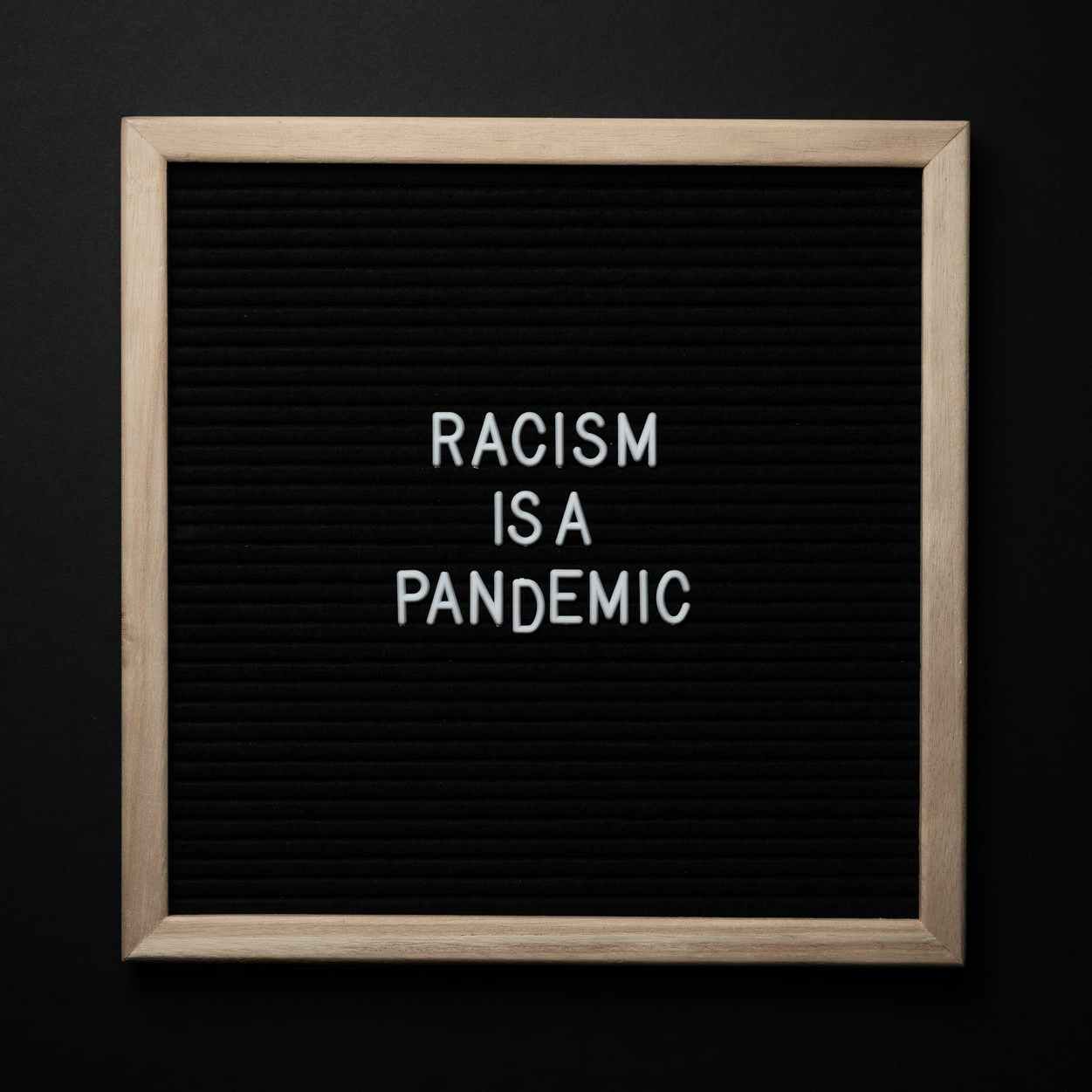


Some Kids I Taught and What They Taught Me, by Kate Clanchy
You can read the first part of Chapter 1 here.
Thinking about authors using racial, religious, and other stereotypes…
Kate Clanchy is a middle-class white woman. Her parents were English. She was born and raised in Scotland, where she attended an independent school in Edinburgh. She then attend the University of Oxford. She’s now a secondary English teacher and a writer. Some Kids I Taught and What They Taught Me is a nonfiction book about some of her experiences as a teacher over 30 years or so. Clanchy has been accused on Goodreads and Twitter of using racial and religious stereotypes, making classist comments, negative comments about neurodiverse students, even fat-shaming, throughout the book. If you’re unaware of the controversy, you can read about it here.
If we analyse the first part of Chapter 1, stereotypes are evident from the third paragraph, as Clanchy seeks to point out the differences between the ‘multi-racial London pupils’ she taught during her teacher training year, and the white Scottish pupils she taught the following year. She refers to the London students as having ‘Somali height’, ‘Cypriot bosoms’, and ‘stiff Japanese hair’; of her Scottish students she says: ‘I was having difficulty, as Prince Philip said he had with Chinese people, in telling them apart.’
Now, these descriptions are, by definition, stereotypes: Clanchy is expressing set ideas about what she thinks Somalian, Cypriot, and Japanese people all look like; she is reducing her students to racial stereotypes, which are based purely on physical attributes. (Also, she teaches children aged 11-18, so the mention of ‘bosoms’ is doubly inappropriate.)
Prince Philip infamously made the racist comment that all Chinese people look the same. Why would Clanchy reference that in her book? Perhaps she thought she was being amusing in applying this to her own race, but regardless of her intentions, by taking his words, and saying she has the same problem with white people, she’s belittling the racism in Phillips’ original comment, accepting it, and normalising it. She’s also distancing herself from the Scottish children in her classroom; she doesn’t look like them, even though she’s of the same race, because they’re the kids of impoverished miners (which she draws attention to in paragraph 1).
The stereotypes continue in the next paragraph, as she talks about ‘Turkish girls who, halfway through a test or a telling-off, stroked your jacket and asked where you got it; multilingual, super-sophisticated Ugandan Asians who would raise their hands to answer any questions with a full paragraph; Jewish ‘becks’ with swathes of curly hair…’. Again, Clanchy describes her students purely in terms of their race and/or religion; this focus creates a sense that she has encountered, for the first time in her life, people who are different from herself, so finds it necessary to study and categorise them. One reason writers use slang is to show how aware or ‘street’ they are, so by using the Jewish slang ‘becks’ (meaning materialistic young people), she seems to be showing off that she knows the term and is able to identify the people it would apply to, which reinforces my opinion that she’s studying and categorising.
Skipping ahead, in the next part of the chapter, now writing of students in Essex, Clanchy says these students can’t connect with texts like Othello because they don’t understand what racism is. She then says ‘I was baffled when a boy with jet-black hair and eyes and a fine Ashkenazi nose named David Marks refused any Jewish heritage’; I’m not sure why she felt the need to ask a student if he’s Jewish, and why she doesn’t believe he isn’t, but in this description she’s reducing Jewish people to the pantomime characteristics of dark hair and hooked noses. Clanchy is trying to make a point about her Essex students denying their ancestry, but she doesn’t delve into why they’re doing it (if they actually are); ironically, perhaps it’s because of people like Clanchy wanting to assign race and religion to everyone they meet, and the students rejecting that; the comment is also ironic as it’s in opposition to her statement in the previous paragraph that only her multi-ethnic London students understand racism.
In these examples, which are only from the first few pages of the book, Clanchy describes her students purely in terms of their race, ethnicity, or religion, rather than as individuals, and she uses stereotypes to do this. She isn’t saying overtly negative things about these races, ethnicities, or religions (at least, not in these examples), but her use of stereotypes is harmful because she’s reducing her students to what she perceives as the characteristics they share with other members of their race or religion, and in doing so she is othering them – drawing attention to them as different from the white ‘norm’; she, in fact, seems to find her ‘multi-ethnic’ students much more interesting, which fetishizes them.
Many people, especially those the stereotypes refer to, have found them to be offensive, but these opinions have been discounted by Clanchy’s supporters, some of whom have used aggressive and racist language to do so.
Stereotypes perpetuate ideas about people; they are backwards ways of thinking; they are offensive, even if the person writing them doesn’t intend them to be. The fact no one involved in the book’s publication thought there was a problem with the use of stereotypes, and that the book won awards, indicates how deeply racism is embedded in our country. The fact Clanchy’s fans (and Clanchy herself, for some reason) initially denied the quotes came from the book, even though they’d read it, shows how casual racism isn’t even noticed. The fact Clanchy’s (white) author friends belittled the concerns of the people who found the comments offensive, shows an arrogant disregard for the reality and impact of racism, and the people it targets.
Be an ally, like I’m trying to be: do not produce this type of writing yourself; do not be an apologist for this type of writing; call out stereotypes where you see them.
This is a really useful assessment. I confess to struggling with understanding stereotyping vs racism. Your point about ‘othering’ and ‘drawing attention to them as different from the white norm’ was pivotal for me. Thanks for sharing. I think this case study will serve a purpose in raising awareness for many.
LikeLiked by 1 person
Thank you! I’m glad you found it useful 🙂
LikeLike